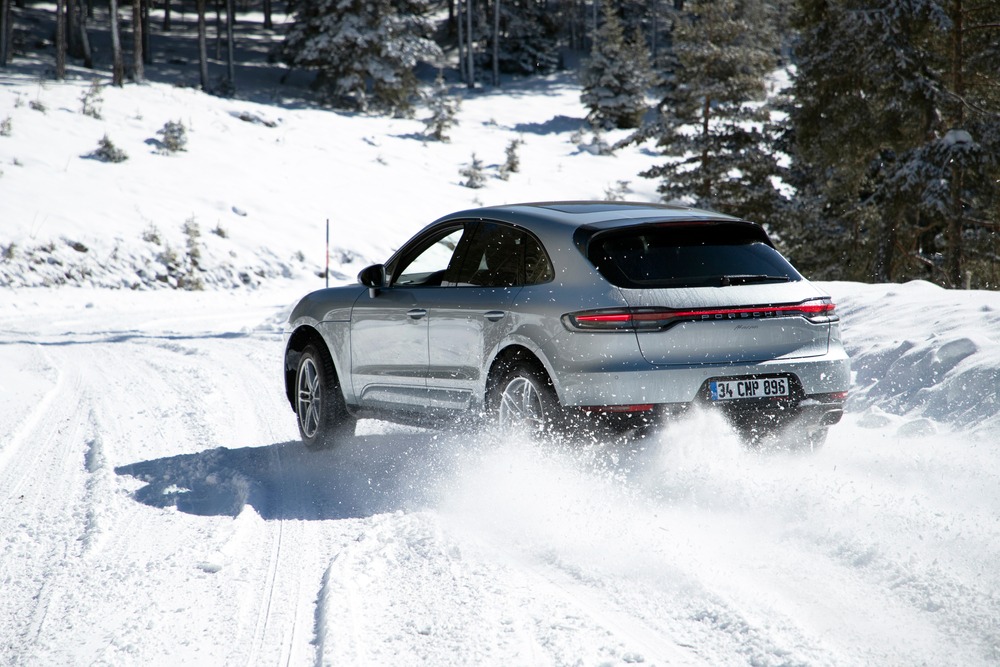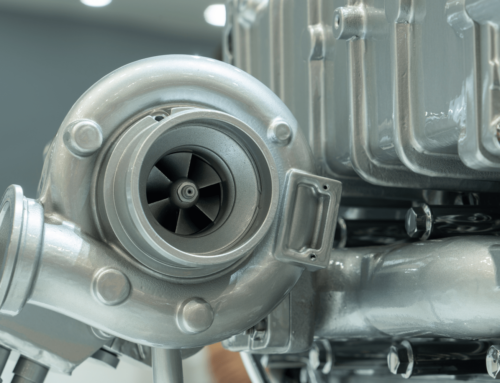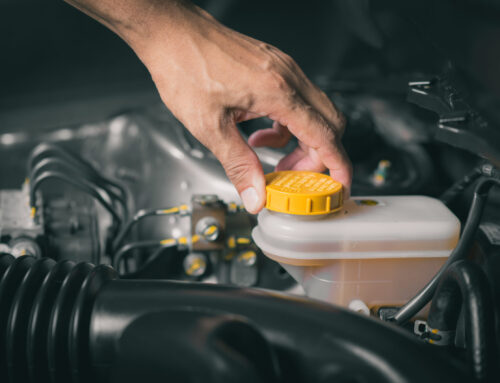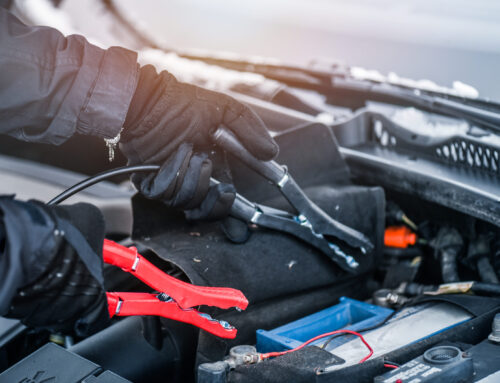Starting a cold engine in winter.
Are you doing it right?
Starting the engine in the morning is easy, but not everyone does it right. Let’s look together at the myth of “warming up the car”, where we feel satisfied and have done nothing in the end.
So how to treat your car correctly during winter? Maybe it really isn’t the way we are taught. Temperatures below zero do not only harm the battery, but also affect all components in the car (in our case, the engine) and, for example, the density of engine oil. It serves to lubricate all mechanical parts in the engine. If it is too stiff, it does not have time to lubricate the components and the engine can wear out faster.
But how to start properly and drive off?
What is the correct way to start the engine in the winter months?
Do you have a problem with starting, or do you not know how to “behave” with a freezed out engine?
First of all, you should get rid of the learned habits – starting the engine and idling for a long time, then heating the interior and later cleaning the exterior from the remains of frost, snow or ice. Because until you dont move from your spot, your engine warms up more slowly and suffers more from mechanical wear.
If we want to talk purely about a “healthy lifestyle” for the engine, then the basis in the winter months is to exchange the mentioned ritual. This means that if necessary, clean the car first and then start the engine and drive off.
But how to do it more gently? Window scrapers can scratch the windshield, so it is better to use a proven window defroster. A few sprays and the glass will be defrosted and clean. If the exterior of the car is done and the view through the glass is clean and clear, you can drive off. Doing it the right way, you should wait a few seconds (depending on oil viscosity) and go straight away. No long minutes of waiting at the spot, because it’s unnecessary and unhealthy for your engine. Paradoxically, the interior warms up faster when the car is in motion than when you are standing still.
By following these tips, you can ensure healthier running of your engine during the winter months.
For better combustion and trouble-free starting, it is most effective to use additives for gasoline and diesel.
Driving in the winter months
The car is started and we set off to the destination. It is best to keep an appropriate speed and not rev the car too much, even though the cold engine can handle it, but one day it may pay you back with fatal damage.
Unless we were just absent in elementary school during physics, we know that heat is created by the transformation of energy. Practically, if we want to heat up all the engine components, we need it to conduct energy and warm-up the engine oil to operating temperature through heat conversion.
Gasoline and diesel engine warm-up
Now it is up to each driver what type of engine they prefer. One thing is certain, however, we must heat up each combustion engine sufficiently. The best question to ask is: how long our regular rides are? If the driver regularly drives short distances, he should logically choose a gasoline engine, whose important benefit in winter is clearly faster warming up, optimal operating temperature, which arrives faster. If you drive long distances, a diesel engine may be more suitable for you, not only because of consumption, but also because the warm up time of a diesel engine is significantly longer. Each engine warms up differently, so no one on the Internet will tell you the exact seconds to stick to – it applies differently to each engine, but with the rule mentioned above (first clean and then start) you will definitely not go wrong.
Recommendation: One of the common types of additives for cold months are winter additives for gasoline and diesel. The most important benefit of the winter additive is its ability to improve cold flow properties of the fuel. These additives are designed to improve fuel flow at low temperatures, which can help prevent paraffin crystals from forming in the tank or fuel system. Using winter additives can help improve starting and running in cold weather and can also help improve fuel economy. In addition to gasoline additives, winter diesel additives are also available. These additives can help improve the performance and efficiency of diesel engines, as well as provide protection against corrosion and wear of fuel injectors.
Engine oil during the winter
The engine oil must be allowed to slowly start-up (reasonable revolutions), because it solidifies during winter months and therefore does not perform its function 100%. What exactly is this function? Engine oil protects engine components by leaving an oil film on them and reduces friction. Also absorbs heat and cools the engine at the same time.
Nowadays motor oils are produced as year-rounds, but anyway, always pay attention to the viscosity class when buying an oil, which represents the degree of temperature load that the oil can handle.
If you do not know which oil is the most suitable for your car, ask the brand service for this information or check vehicle manual. According to the VIN number, they should be able to accurately specify not only the viscosity class of the motor oil intended for your car, but also the specific performance specification expressed by the vehicle manufacturer’s standard. Of course, as should be the standard, one should not neglect checking and changing the engine oil according to the service intervals specified by the manufacturer.
Recommendation: You can also check the right type of engine oil suitable for your car in the automatic search engine on the website.






